Types of Weed Seeds You Need to Know About
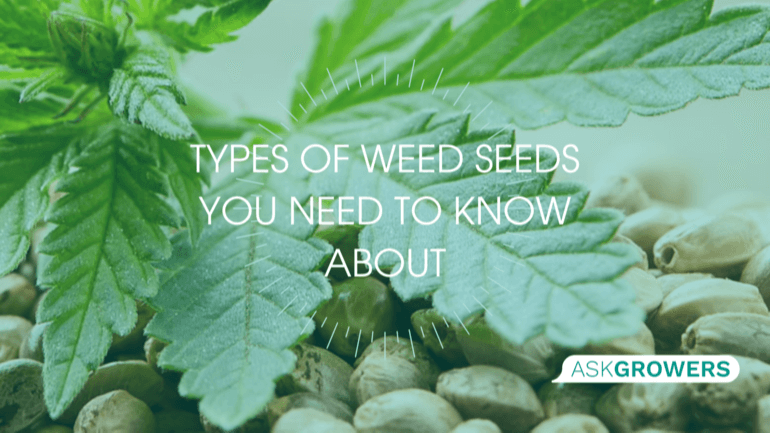
Growing cannabis at home gives you full control over the process and can reward you with a high-quality harvest that you can use to relieve pain and anxiety, improve sleep, and support your overall physical and mental wellness. However, before becoming a grower yourself, it’s crucial to discover the different weed seed types to ensure the best results.
The primary reason there are different types of seeds lies in the sexual reproduction system of cannabis. The plant uses pollination reproduction. Female plants get fertilized by male cannabis to produce seeds. As a result, seeds receive a specific set of genetics from both parents, which enables breeders to create different strains and types of weed with different characteristics, growth cycles, and effects.
How to Distinguish Weed Seeds
For growers, the type of seeds matters a lot in order to make the growing process seamless, produce the right kind of flower, and get the expected effects. Generally, seeds are distinguished by the following classifications:
-
Seed type – Generally, you can distinguish seeds by the three primary types: feminized, autoflower, and regular. These types specify the gender or flowering type of the future plant.
-
Gender – As you already know, weed plants do have genders and can be both female and male. Respectively, there are feminized seeds that are bred exclusively to produce female plants and regular seeds that have a nearly 50/50 likelihood of growing into either a female or male plant. The primary difference between male and female weed seeds is that only female plants can produce flowers and seeds, whereas males only produce pollen and fertilize females. If you only want to grow flowers and buds, you need to choose solely feminized seeds. However, if you are also interested in breeding and producing your own seeds, you can buy regular seeds.
-
Flowering type – There are photoperiod seeds that grow into plants that depend a lot on a specific light cycle and only flower when it changes. At the same time, there are autoflower plants that flower after a certain time and don’t depend on the light cycle. Autoflowers are generally considered faster and easier to grow.
Main Types of Cannabis Seeds
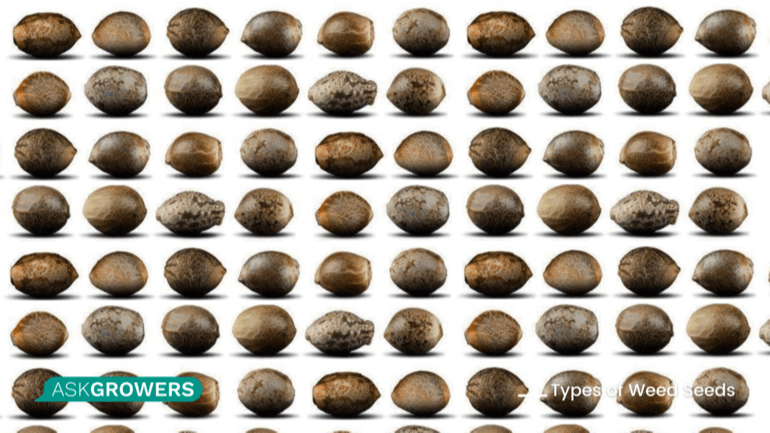
Although you already have general information on different types of marijuana seeds, this knowledge is still insufficient to make the right choice. When selecting the type of product, growers must consider the following factors:
- Purpose – It’s crucial to have a specific intent and understand the difference between different types of seeds in order to get the desired result. Different types might be better suited to different objectives.
- Experience level – If this is your first time growing a plant, you must know that certain types of flowers are more demanding and might require more experience and knowledge to thrive.
- Environment and growing method – Growing marijuana at home can mean restricted environmental and equipment-wise conditions, which can be another factor that affects the choice of seeds. Some types are just better adapted to specific environments, climates, and growing methods.
- Desired effects – Different types of seeds produce different cannabis strains, which means that you should pick them based on the effects you want to get.
To help you consider all the factors and make the right choice, let’s delve deeper and discover the core characteristics of every seed type.
Read Also: How to Plant Marijuana Seeds: Secrets and Recommendations
Regular
This type of weed seed is the most natural one. Regular seeds are produced in the process of natural pollination of a female flower by a male plant and are not altered in any way. It means that such seeds can grow both into a male or female plant with an almost equal probability. This quality makes them a popular choice among growers interested in creating new strains. Since regular seeds can produce male plants, it enables breeders to fertilize females and receive new seeds.
Another thing to know about regular seeds is that they come in a variety of forms. They can be both sativa-dominant and indica-dominant. There are also many different strains, including high-CBD and high-THC options. Such a variety of genetics makes these seeds suitable for creating new strains by experimenting with different parent plants.
|
Pros: |
Cons: |
|
|
Read Also: What Are Cannabinoids, Their Types, and Effects?
Feminized
The next seed type is feminized. These kinds of seeds are genetically modified to give you a 99.9% likelihood that you will get female plants after germination. These seeds are created by fertilizing female plants with the male pollen that was produced by another female plant. As a result, both parents are female, and the next generation of plants will have the highest chances of turning into female flowers too.
Just like regular ones, feminized seeds can be of different kinds and strains. They can have Indica or Sativa dominance in genes. Also, they can contain high CBD and THC levels. So there are many options to choose from.
The primary reason why feminized seeds are so popular is that they ensure high yields. On top of that, it is feminized plants that produce resinous, potent buds known for their diverse health effects, such as the following:
|
Pros: |
Cons: |
|
|
Autoflower
The last type you must know about is relatively new to the market. Autoflowers appeared from crossing the cannabis species known as Ruderalis with Indica and Sativa plants and became a real breakthrough in the world of weed breeding. Unlike other types of marijuana, autoflowers don’t depend on light cycles to start flowering. One of their parents, Rederalis, is native to Russia and Central/Eastern Europe regions, which are distinguished by their harsher weather conditions. That’s why autoflowers receive more viable genetics, which allows them to withstand different environmental stresses and still thrive.
Autoflowers are known to survive perfectly in low-light, high-light, and too-cold conditions. They grow fast and easily and require very low maintenance. Due to these reasons, when choosing between autoflower vs feminized seeds, beginners often pick the former as they are easier to grow even with zero experience.
Yet, there is one significant drawback: autoflowers are known to have lower THC content than other cannabis types. So if you are hunting for high potency and high THC content, this might not be the best choice for you.
|
Pros: |
Cons: |
|
|
Regular vs Feminized Seeds
When it comes to female weed seed vs male, you need to remember that these types have distinct characteristics and purposes.
Regular seeds are an all-natural option that hasn’t been altered and are known to produce both male and female plants in a roughly 50-50 ratio. This option is the best pick for breeders. Coming in different shapes and kinds, regular seeds can let you experiment with different genetic variations and obtain new, unique strains. The main problem with this option is that it’s not the best for growers who are looking to harvest a high yield of buds. Male cannabis doesn’t produce flowers and buds at all; it’s only used for fertilizing purposes. And female plants produce potent buds with numerous positive effects, but they can get accidentally pollened when next to male plants, which will destroy your yield.
Feminized seeds, on the other hand, are modified on a genetic level to ensure a 99.9% likelihood of growing into only female plants. They aren’t suited for breeding purposes. However, they are perfect for a guaranteed high yield of high-quality and potent buds. When comparing male vs female seeds, we also have to say that feminized ones are more expensive.
Read Also: Best Online Seed Banks to Buy Weed Seeds: Comprehensive Reviews and Buying Tips
Autoflower vs Photoperiod Seeds
Earlier, we mentioned that these two options differ by their flowering type. However, if you want to compare autoflowering vs photoperiod deeper, there are a few other things you must know.
Photoperiod flowers are the traditional option. They have been around for years and have quite a few requirements to grow them right. These plants need specific light cycles that will help them thrive and trigger the flowering stage when it’s time. Typically, to flower, they need to get around 12 hours of darkness. Although adjusting light cycles requires certain (and often expensive) equipment and significant commitment, this gives you full control over your cannabis’ vegetative stage. Simply put, changing light cycles wisely can help you postpone the flowering stage and, thus, let your plants grow larger and produce higher yields.
Autoflowers have not been around for very long. This type is a cross of traditional weed kinds (Sativa and Indica) with a different species called Ruderalis. These plants are more resistant and low-maintenance, and they flower automatically, regardless of how much light and darkness they get. These flowers can be grown and harvested much faster. They are also easier to grow and smaller, which allows you to grow them indoors in limited space.
In general, the photoperiod type is best for growers who want to have more control and receive the best yields. And autoflowers are excellent for beginners who are looking for a fast and seamless process.
Other Seed Types Available in the Market

Now that you know everything about the main types of cannabis, you need to know that there are a few other kinds too.
Here is a brief overview of the other options that you have:
-
Fast Flower – This type of weed seeds is a result of many years of breeding and careful genetic selection. As you can see from the name, such plants were bred to grow and flower quicker. Typically, such plants can flower in as little as 6 to 7 weeks from the germination stage, which is much faster than photoperiod and even autoflowering strains. Fast flowers may offer smaller yields and a lower THC level. However, they are great for growers who want to have the shortest growing season and harvest multiple yields in a single year.
-
Medical (CBD) – This type was specifically bred to let you grow cannabis that is rich in cannabidiol (CBD) and has very little tetrahydrocannabinol (THC). As you might know, THC is the psychoactive compound of marijuana. CBD, on the other hand, is a non-intoxicating compound that doesn’t provide a psychoactive response but delivers a broad range of therapeutic effects like pain relief, anxiety reduction, and anti-inflammatory effects. These seeds are perfect for growers who want to feel the benefits of CBD without the side effects triggered by THC. They can come in many types, including photoperiod, autoflowering, Indica-dominant, and Sativa-dominant.
-
Indica and Sativa – These two types of seeds are also available on the market. They are bred specifically to help you grow Indica-dominant or Sativa-dominant plants. Indica and Sativa are the primary species of cannabis plants. You can choose one of these types based on the preferred effects. Indica is known for relaxing and sedative effects, whereas Sativa is chosen for a more uplifting effect.
Read Also: What Are Terpenes?

 Education
Education

.png)

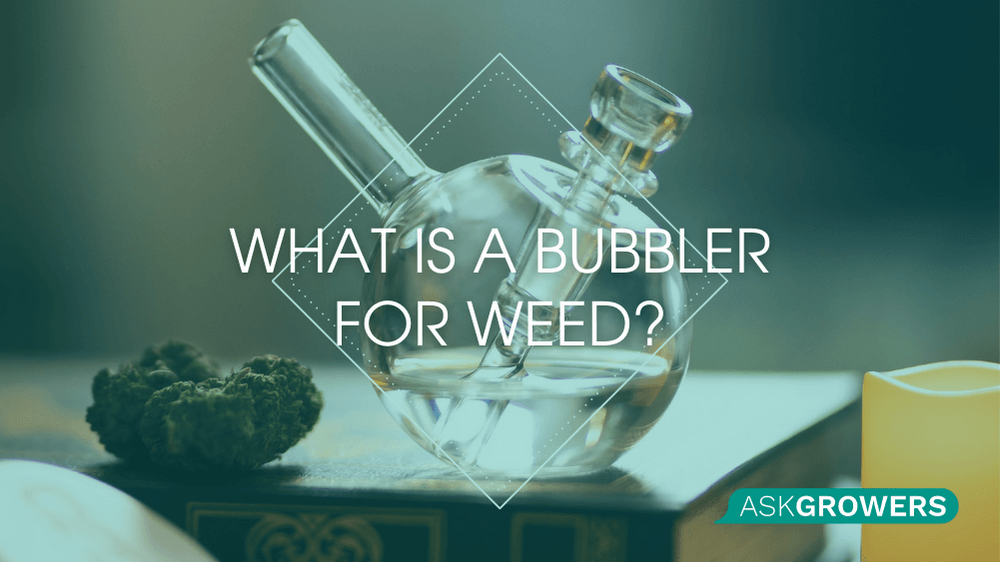
 (1).jpg)


 (1).png)
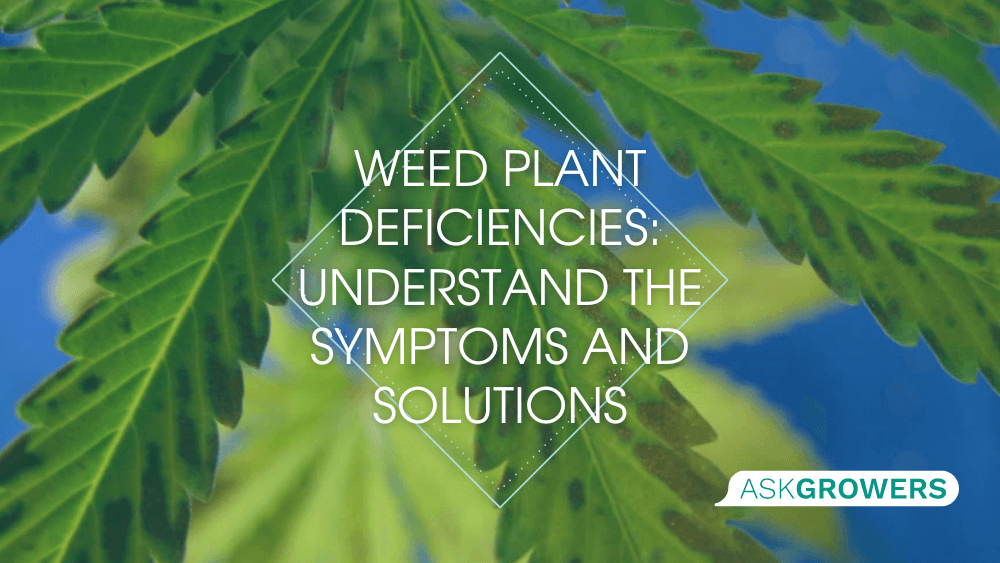
.jpg)

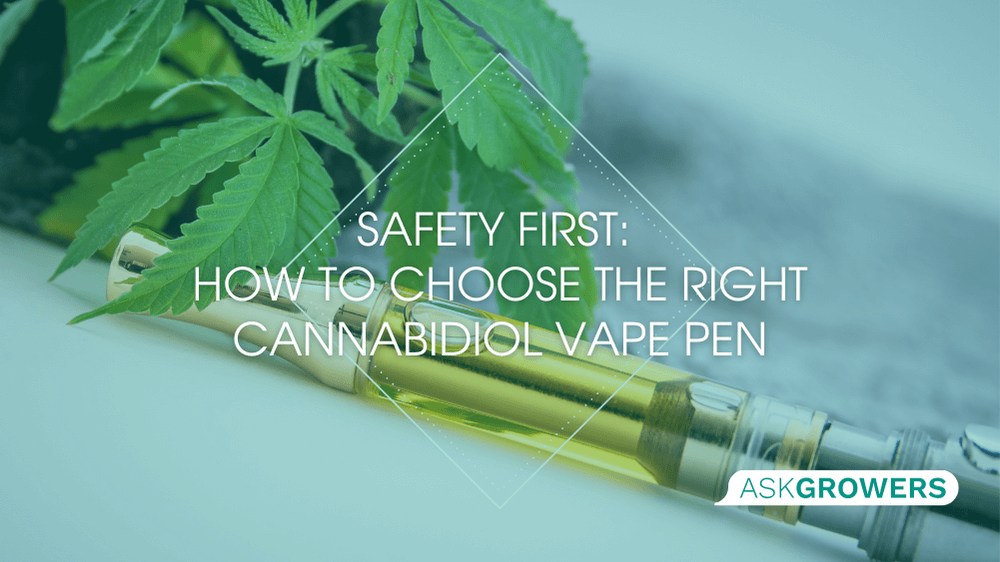

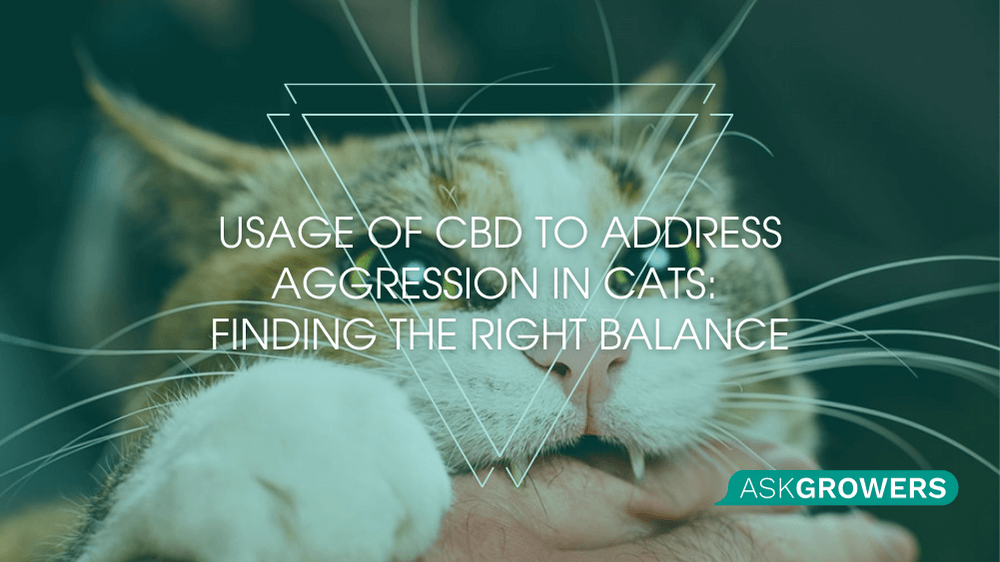

Be the first and share your opinion
Write a Review